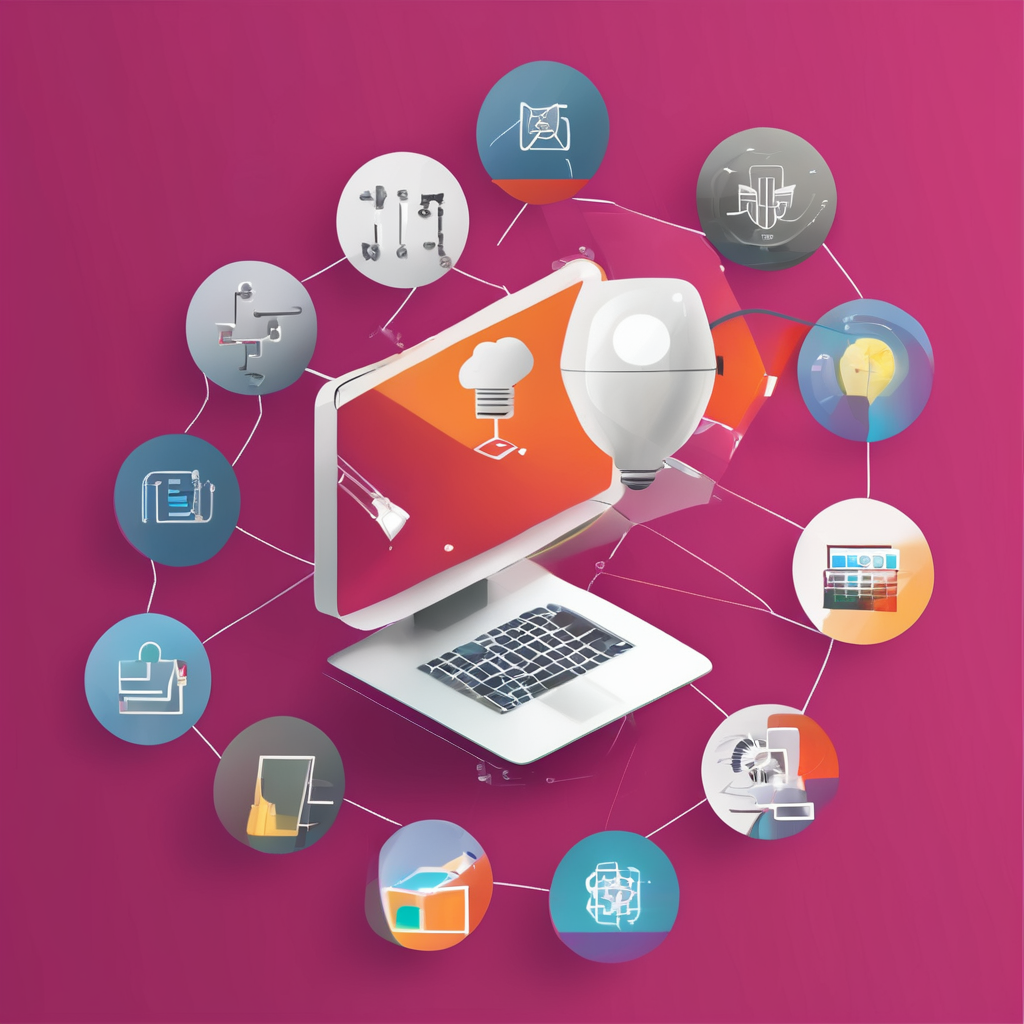Understanding Edge Computing and Its Importance in Machine Learning
Edge Computing plays a crucial role in the advancement of machine learning models by bringing computation closer to the data source. Unlike traditional cloud computing, where data is sent to a centralized server, edge computing processes data locally on devices like smartphones or IoT gadgets. This approach significantly reduces latency, allowing for real-time decision-making, which is vital in applications like autonomous driving and smart home technologies.
Deploying machine learning models on edge devices offers several advantages. First, it enhances privacy and security, as sensitive data doesn’t need to be transmitted over the internet. Second, it leads to cost efficiency by minimizing bandwidth usage, reducing the need for expensive data transfer solutions. Lastly, edge computing ensures higher reliability, as devices can operate independently of an internet connection.
In the same genre : Mastering Zero-Trust Security: The Definitive Guide to Flawless Integration of Cloud-Native Applications
When comparing edge computing versus cloud computing, edge computing excels in scenarios requiring low latency, enhanced security, and local data processing. In contrast, cloud computing is beneficial when handling intensive computations and large datasets. By leveraging the unique strengths of edge computing, organizations can create robust and efficient systems tailored to meet specific needs, making it an essential component of modern technology infrastructure.
Key Challenges in Deploying Machine Learning Models on Edge Devices
The deployment of machine learning models on edge devices introduces unique challenges that can affect their performance. Deployment challenges include managing resource constraints such as limited computing power, storage, and memory. Edge devices, often compact and mobile, do not have the same capabilities as cloud servers, which can handle more extensive data operations. This discrepancy makes edge deployment complex, demanding careful optimization.
Additional reading : Revolutionizing Data Privacy: How Blockchain Unlocks Secure Sharing Solutions
Edge device limitations extend to both hardware and software. On the hardware side, devices may lack the necessary processing speed or capacity to run sophisticated models efficiently. Software constraints can include incompatible platforms or systems that are not designed for advanced machine learning processes. These factors make it necessary to adapt models specifically for edge environments.
To overcome these hurdles, effective strategies such as model compression and quantization are essential. These techniques aid in reducing model size and complexity, facilitating smoother execution on constrained hardware. Additionally, employing efficient use of resources can lead to substantial improvements in performance. Understanding these challenges and applying targeted solutions ensures successful deployment, paving the way for robust and efficient edge-driven machine learning applications.
Optimization Techniques for Machine Learning Models at the Edge
Improving machine learning model efficiency on edge devices is crucial for effective deployment. One primary technique is model compression, which involves reducing the model size without significantly impacting its performance. It allows for smoother operations on devices with limited resources, enhancing agility and response times.
Quantization is another pivotal method, shrinking model size by reducing the number of bits needed to represent each number, thereby lessening computational demands and conserving power. This is particularly beneficial for battery-operated devices, extending their runtime without compromising the accuracy of predictions.
Performance can also be fine-tuned through pruning, which entails eliminating unnecessary model components. This strategy optimizes processing power and storage usage, ensuring models remain lean yet effective. Additionally, distillation transfers knowledge from a larger model to a smaller one, retaining essential functionalities while enhancing deployment flexibility.
These optimization strategies not only reduce latency but also improve model robustness against fluctuating network conditions. By adopting such techniques, organizations can ensure their edge devices operate efficiently, supporting real-time decision-making and maintaining reliable service standards. As the demand for edge solutions grows, adept model optimization will become increasingly essential.
Case Studies: Successful Deployments of Machine Learning on Edge Devices
Examining case studies reveals how organisations have harnessed edge computing to drive impactful results across various industries. For instance, in the healthcare sector, deploying machine learning models on portable devices has resulted in enhanced patient monitoring. This development allows for real-time health data analysis, facilitating prompt medical interventions and increasing patient safety.
In the manufacturing industry, the application of edge technology has optimised predictive maintenance. By implementing machine learning models on the factory floor devices, companies can analyse equipment data in real-time, drastically reducing downtime and boosting operational efficiency.
Retail businesses have also benefited immensely. Utilising edge devices for inventory management enables dynamic stock analysis, enhancing stockroom accuracy and reducing overhead costs. The models deployed in these contexts have shown how edge computing supports rapid decision-making crucial for staying competitive.
These real-world success stories demonstrate how strategic deployment at the edge can transform business operations. Lessons learned from these examples include the importance of customising model optimisation to specific industry needs. The result is a more agile and responsive technological infrastructure capable of meeting the ever-evolving demands of modern commerce.
Resource Management Strategies for Edge Computing
Efficient resource management is crucial for the optimal functioning of edge computing environments, particularly where constrained resources are a concern. Smart energy consumption practices play a pivotal role in ensuring edge devices operate effectively. By optimising energy use, devices can maintain longer operational lifespans, essential for applications that require continuous data processing without frequent interventions.
Load balancing is another critical strategy that distributes workloads across multiple devices. This approach ensures no individual device is overwhelmed, promoting efficiency and longevity of the device network. Proper load management reduces the risk of device failures, which is especially important in edge environments where downtime directly impacts performance.
Resource allocation strategies often incorporate adaptive algorithms that dynamically adjust resource distribution based on real-time demand. This adaptability helps maintain service quality even as requirements fluctuate. Techniques such as task scheduling and prioritisation ensure that essential processes receive resources first, improving overall system reliability.
These methods collectively enhance the resilience and robustness of edge computing systems, allowing them to function efficiently despite inherent limitations. By prioritising effective resource management, organisations can optimise their machine learning models‘ performance on edge devices, supporting consistent and reliable operation.
Performance Measurement and Monitoring of Edge-Deployment Models
Efficient performance measurement of machine learning models deployed on edge devices is vital to ensure optimal functionality. Key Performance Indicators (KPIs) such as latency, throughput, and accuracy play an essential role in assessing model success. These metrics provide insights into how well models are operating and help identify areas needing improvement.
Monitoring tools like TensorBoard and Prometheus can track these KPIs, offering real-time data visualisation. This capability is crucial for identifying performance issues early and making adjustments to maintain model accuracy and efficiency. Using these tools allows streamlined observation and analysis, ensuring that models perform consistently over time.
Real-world implementations demonstrate diverse monitoring practices. For instance, in the automotive sector, models used for autonomous driving are monitored for decision-making speed and accuracy. These practices not only ensure safety but also enhance vehicle performance under varying conditions. Likewise, in smart home tech, performance tracking focuses on energy use optimisation and response time to commands, enhancing user satisfaction.
By understanding and applying robust performance measurement tools and strategies, companies can optimise their edge-deployed models, ensuring they meet operational expectations and continuously provide value across industries.











